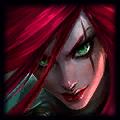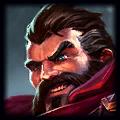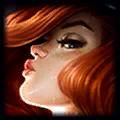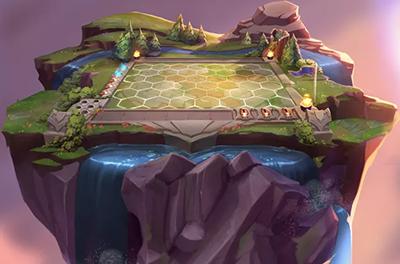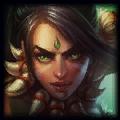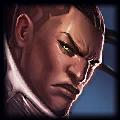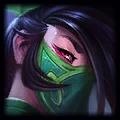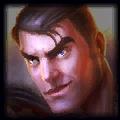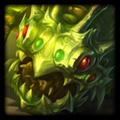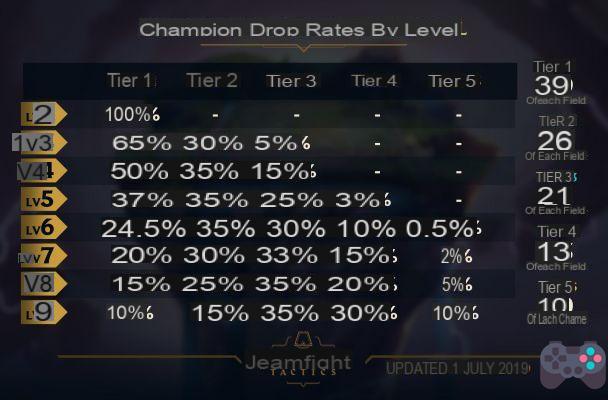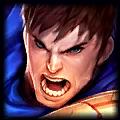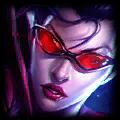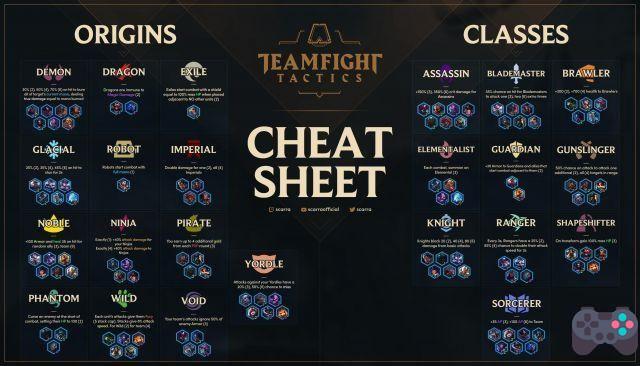League of Legends, Teamfight Tactics, TFT, PBE, Autochess, LoL, Item, Class, Champion, Stuff, Gear, Race, Guide, Tip, Tutorial, Start
Teamfight Tactics is the new game from Riot Games. The rules may seem complicated at first sight, so we'll explain them to you so that you can start with a good foundation.
Teamfight Tactics is the brand new game mode in League of Legends. More than just a mode, it's ultimately a game within a game, independent of games in Summoner's Rift. You can play it even if you don't have all the champions, or a lot of experience in the base game.
We explain the rules of the game to help you in your first games.
The principle
Teamfight Tactics is a strategy game in which 8 players compete. Each player embodies an avatar called Little Legend who must build an army of characters and arrange them on a board, before opposing it to the armies of other players in a series of duels. During combat, players cannot give orders to their units, the AI takes over. When a player wins a duel, he hurts the opposing player. The last player still alive wins the game.

Game flow and draft
The game starts with a draft phase. Player avatars are gathered on a board with a group of champions equipped with items in the center. Each player can select one of the champions for free and bring it back to their board. This champion will be his starting unit.

The game is divided into several rounds, themselves divided into rounds of play, each round being divided into two phases.
The player avatars are then all transported to their respective game boards. At the top of the screen, in the center, is the schedule for the current round. It shows what fights the players will have to fight. Some tricks are against monsters, others against players. You cannot know the name of the player you will face before the fight takes place.
It is quite possible that a game turn will be replaced by a new draft phase. In these cases, the players are brought back to the board at the start of the game and take turns selecting a champion. The player with the least VP remaining is the first to select a champion, and so on until the player with the most VP selects theirs from the remaining champions. If two players have the same amount of VP, they select all their champions at the same time and are first come, first served.
game rounds
As we said above, each round is divided into two phases. There is a preparation phase before a combat phase.
During the preparation phase, the player has his game board and a store in front of him. He can spend money in the store, rearrange his units, equip them with items, or resell them.
The combat phase starts automatically after a certain time. The player's army comes face to face with that of another player or with monsters. Killing monsters allows you to recover gold and items. Killing the opposing player's army inflicts damage on them.
At the end of each fight, all units of all players are brought back to life and healed, and the preparation phase for the next round begins.
The tray
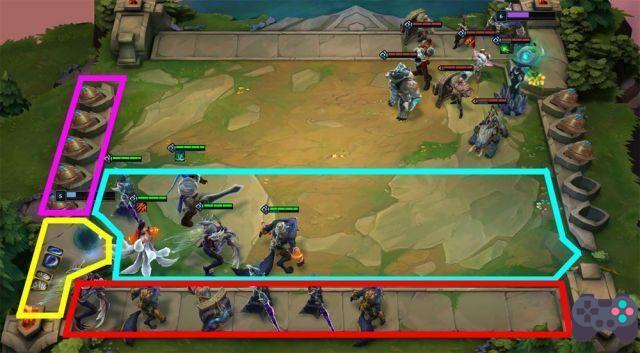
In blue : The game board is divided into 4 parts for each player. The grid represents half of the board. It is in its boxes that you can position your different champions. Arrange them intelligently to take advantage of each person's strengths and weaknesses.
In red : Under the grid is the bench. The bench allows you to store units in order to be able to change the composition of your team between two rounds, or to level up your units (we will come back to this later). You can only keep 9 champions in reserve.
In yellow : The inventory is to the left of the bench, behind the podium where your avatar is. This is where the various items you will get by killing the monsters are. You can also recover already equipped items by selling the unit that owns them.
In Purple: Above your inventory is the bank. It consists of 5 different bases that can each hold a gold statuette. You automatically receive a gold statuette for every ten coins you have. At the end of each battle turn, you get 5 bonus gold coins per gold statuette on the field.
You can inspect your opponents' game boards at any time by clicking on the mini-map. You can then spy on its composition, strengths and weaknesses and compose your team accordingly.
The Store
The store is your main interface during the preparation phases. It offers several options, each costing credits.

First of all, the store offers you 5 champions randomly selected from the champions available in Teamfight Tactics. You can spend your money to buy these units and start building an army, placing them on your board. The price of the champion depends on its rarity.
You can also use your money to make a new random selection (reroll) in the store. Five new champions will be drawn. If you have already purchased a champion and there is an empty slot in the store, the slot is refilled. You can very well come across the same champions after a reroll.
Finally, you can convert your money into experience points for your avatar and increase the number of units to place on the field.
The units
Units in the game are all League of Legends champions. The number of units a player can place on the battlefield corresponds to their avatar level. The avatar gains experience and levels in exchange for gold in the store.
Each unit has different stats and spells, inspired by their spells in League of Legends. Please note that the most powerful champions in Summoner's Rift are not necessarily the most powerful in Teamfight Tactics.
Each unit has three power levels. By leveling up, champions get a big stat boost and sometimes additional skills. To increase the level of a champion, you must merge 3 copies of the champion of an equivalent level. For example, if you want a level 2 Draven, you will have to combine three copies of a level 1 Draven. To obtain a level 3 Draven, you will have to merge three level 2 Draven.
Champion Classes and Synergy Bonuses
Units are all part of one to three different Classes. For example, Ashe is a Glacial Class and Ranger Class champion. By gathering enough champions of the same Class on the board (those on the bench do not count), you can unlock passive bonuses for the corresponding champions. Some Classes have several levels of power, depending on the number of corresponding champions on the board.
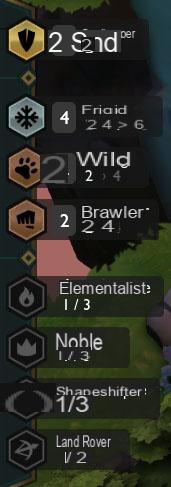
For example, by bringing together Ashe and Lissandra, both of the Glacial class, you will get a low probability of freezing an opponent each time Ashe or Lissandra attacks. If you add Volibear and Sejuani, also of the Glacial class, you go to the second level and your chances of freezing increase. Add in more Anivia and Braum, and the Glacial bonus will be at its maximum, which will freeze enemies very regularly.
When you buy champions, it is therefore important to build a balanced team between tanks, mages and attackers, while paying attention to their class synergies and their levels. This is where all the strategy of the game is born.
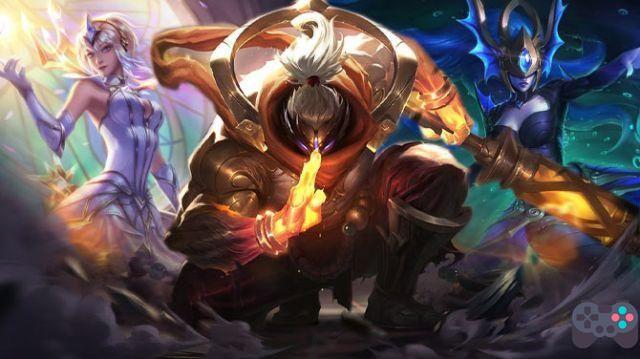 All Champions |
 All Teamfight Tactics Set 2 Guides |





